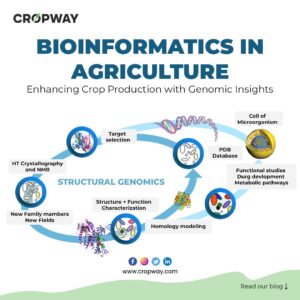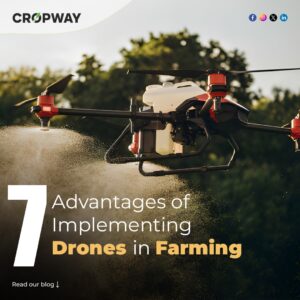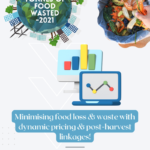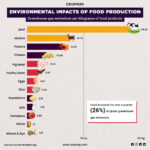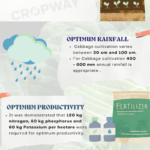
Introduction
In recent decades, climate change has escalated, driven by human activities that have elevated well-mixed greenhouse gas (GHG) concentrations since 1750. This stark reality is leaving an indelible mark across various sectors, with agriculture standing out as particularly vulnerable. Studies reveal that environmental mitigation accounted for a significant 17%, while financial strength and carbon risks held a substantial 22.0%. The repercussions on agricultural productivity reach far beyond diminished crop yields, imperiling the very livelihoods of farmers. This ripple effect extends to financial institutions, especially in the realm of agricultural loan recovery, creating a complex web of challenges for both the agricultural and financial sectors.
Climate Change and Agricultural Productivity
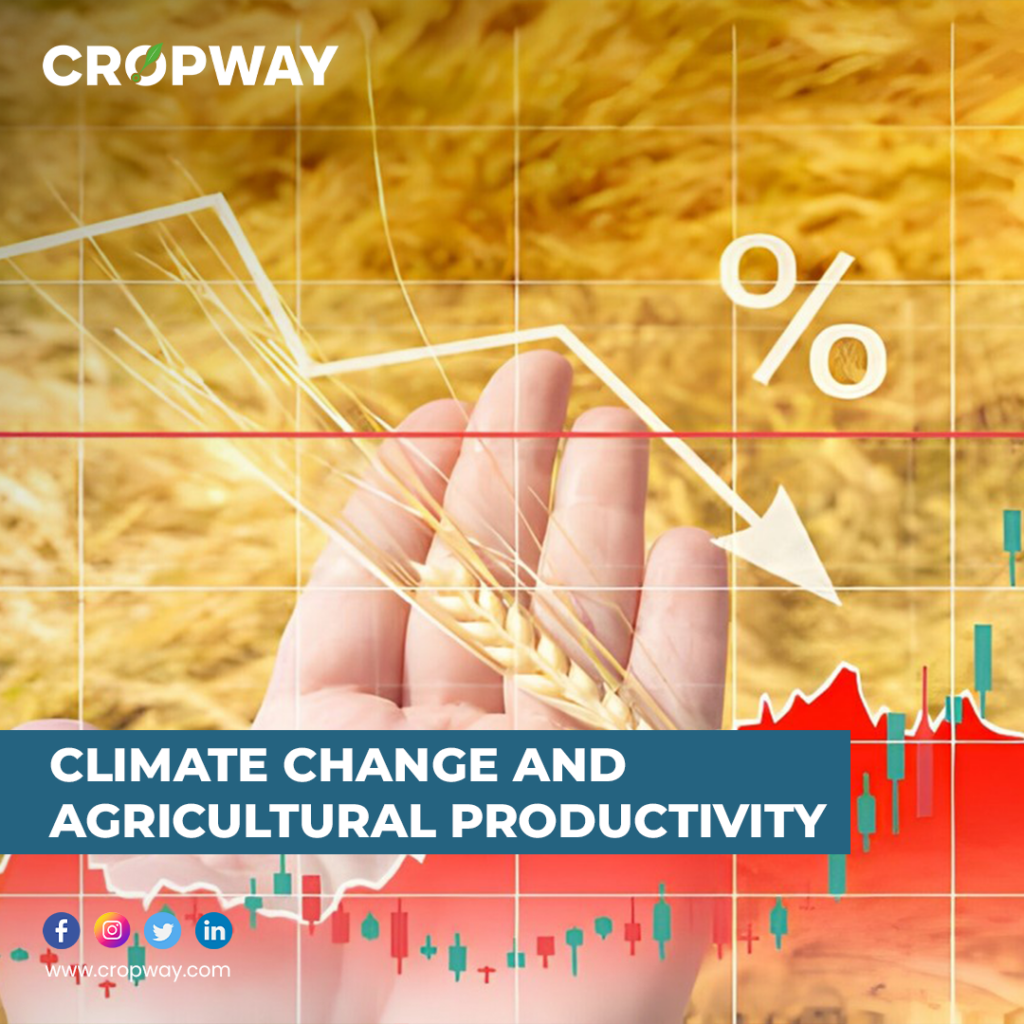
Over the last century, unmistakable signs of climate change, both overt and subtle, have emerged, profoundly affecting biodiversity and global habitability. The surge in global temperatures, unpredictable rainfall, and extreme weather events have become synonymous with this transformative climate shift. These alterations not only compromise crop health through the facilitation of pest and disease spread but also subject farmers to financial distress. Prolonged droughts and unexpected floods can devastate entire crops, disrupting the income stability farmers rely on. Climate change’s impact on the banking system is broadly classified into physical and transitional. Physical impacts stem from events damaging collateral or affecting the broader economy, adding complexity to the intricate relationship between climate change, agriculture, and financial stability.
Agricultural Loan Recovery Challenges

The drop in agricultural productivity directly hampers farmers’ loan repayment capability. Challenges such as crop failures, unpredictable monsoons, collateral security demands from banks, and farmers’ unfamiliarity with loan formalities contribute to financial turmoil. With lower yields and market rate fluctuations, farmers grapple to meet financial obligations. This multifaceted struggle encapsulates the myriad problems farmers face in obtaining and repaying agricultural loans, underscoring the pressing need for comprehensive solutions to alleviate their financial burden.
Amid these challenges, lenders often experience a surge in non-performing agricultural loans. The detrimental cycle of diminished productivity culminating in loan defaults intensifies financial pressures on both farmers and lending institutions. Repayment schedules exhibit inflexibility, with installments frequently due at a high frequency, often commencing shortly after the loan disbursement. Collective responsibility among groups for loan repayment prompts vigilant oversight by peers, as well as microfinance institution (MFI) and bank officials.
This collective accountability deters borrowers from channeling the loan into ventures perceived as risky. However, agriculture inherently involves risks, with many projects having extended gestation periods. In the case of most cash crops, revenues materialize only three or four months after planting. Consequently, if loans are utilized for agricultural working capital, borrowers must resort to other (often expensive) means to meet their repayment obligations.
Adaptation and Mitigation Strategies
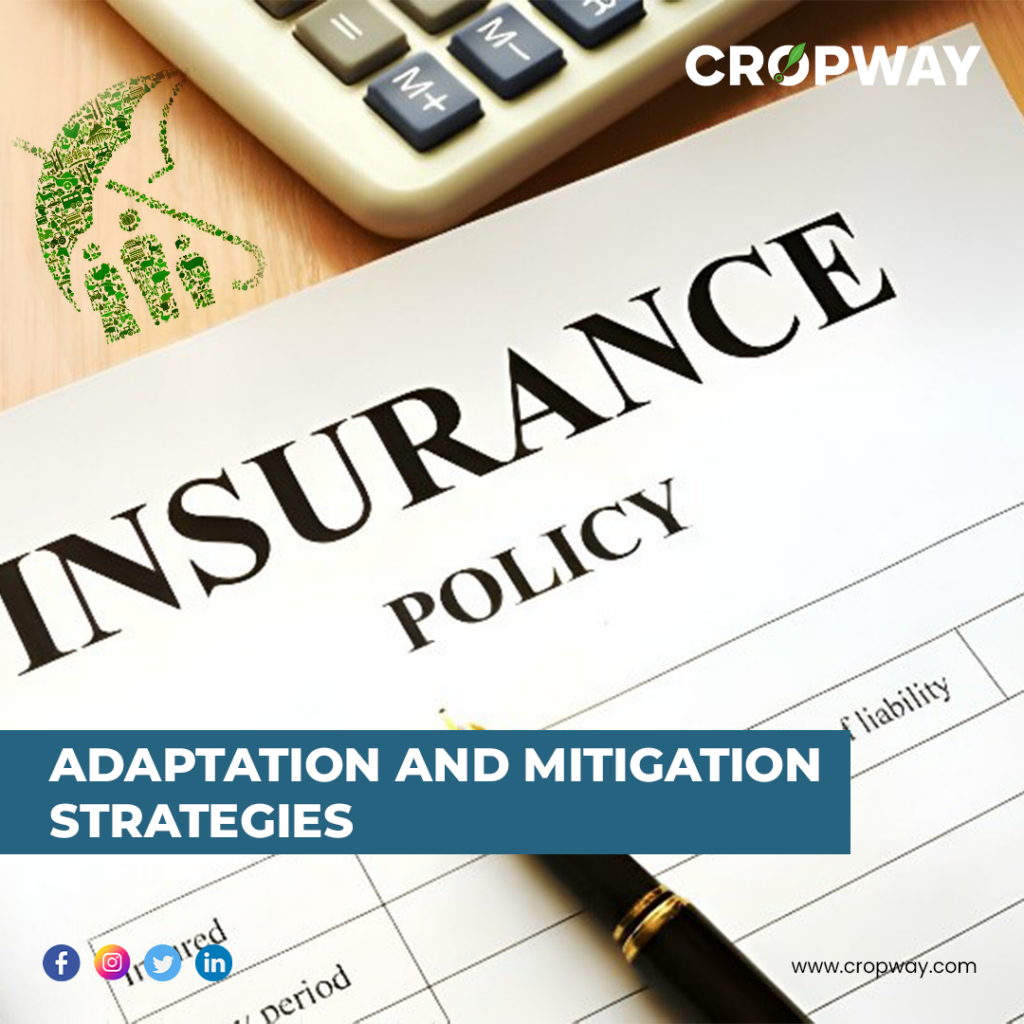
There is a profound impact of climate change on agriculture, with notable repercussions for agricultural loans and credit risk in banking. The annual financial shortage for smallholder farmers is estimated to be $170 billion. A developing society must support equitable and inclusive financial needs to meet current and future challenges, food systems, and governance. Farmers often seek these loans to finance seasonal agricultural activities, including purchasing seeds, insecticides, and hiring labor for cultivation and harvesting.
The evolving climate conditions add a layer of complexity, influencing the risk landscape associated with these agricultural loans. Mitigating climate change’s impact on agriculture and loan recovery demands a collaborative approach involving governments, financial institutions, and farmers. To address risks, banks adhere to regulatory schemes. This multifaceted strategy aims to enhance resilience in the face of climate challenges, fostering sustainable agricultural practices and ensuring the financial stability of both farmers and lending institutions.
This involves incorporating climate risk assessments into lending decisions, offering flexible repayment options tied to actual crop performance, and exploring insurance mechanisms that protect both farmers and lenders from the fallout of climate-induced disasters.
Collaborative Solutions for a Sustainable Future
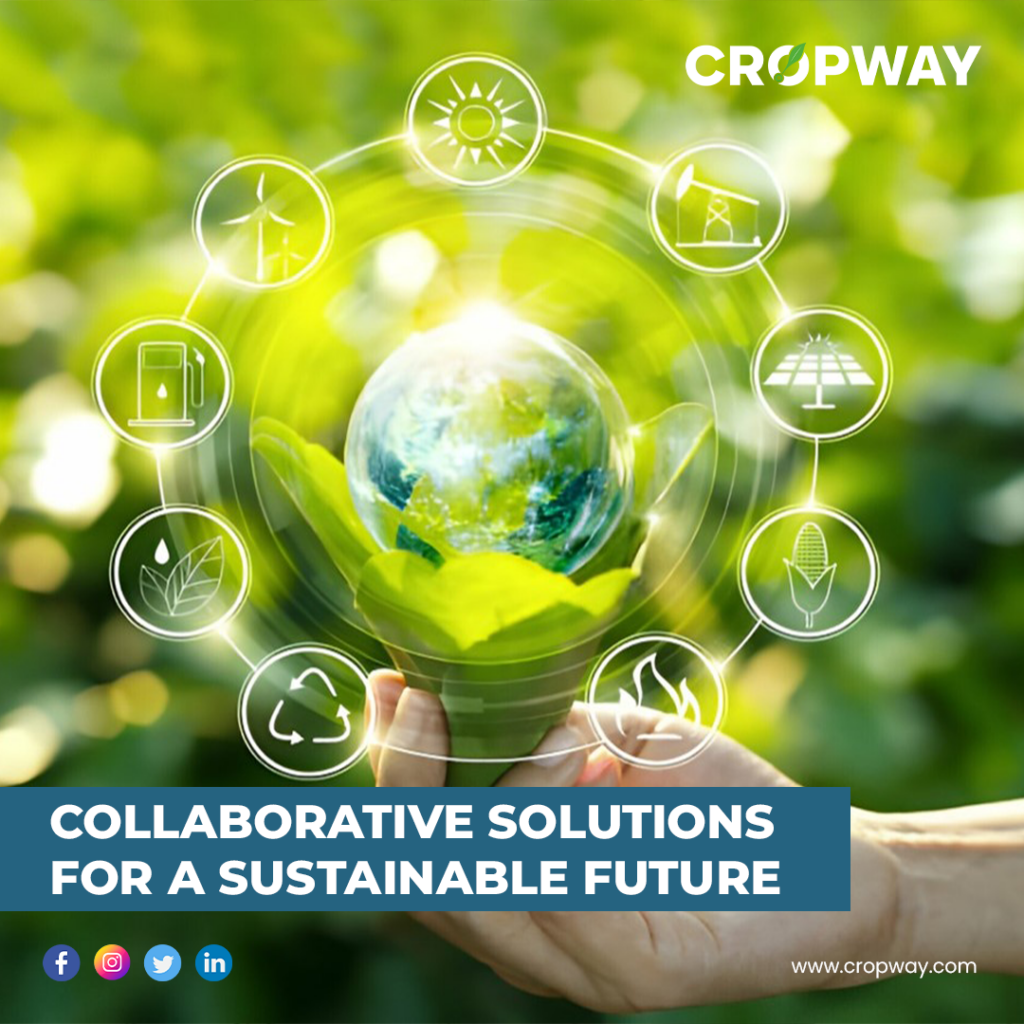
To tackle the dual challenge of climate change affecting agriculture and straining loan recovery, collaboration is key. Governments, financial institutions, farmers, and environmental organizations must unite to implement sustainable strategies. This involves investing in research for resilient crops, educating on climate-smart practices, and creating financial instruments to mitigate climate-related risks.
Some research findings emphasize the vital role of informal credit sources in enhancing rural agricultural productivity and fostering climate change resilience. Informal credit mechanisms offer smallholder farmers flexible financial options, addressing their specific needs. Given the unpredictable climatic conditions, banks should proactively forecast potential future losses and establish reserves to mitigate risks. Government promotion of agricultural credit, particularly long-term loans for technology enhancement, can mitigate climate change’s adverse impact on agricultural output. This proactive approach supports sustainable practices.
This approach is crucial for minimizing Non-Performing Assets (NPAs) and ensuring financial stability for farmers, thereby promoting sustainable agricultural practices in the face of climate uncertainties. Innovations extend to farmer financing with direct transfers, improved insurance, and data-driven loan disbursal. While state and central governments are actively implementing measures to enhance financial inclusion and ensure farmers’ access to credit, banks face considerable challenges. The existing procedures are notably protracted and time-consuming. Field sales executives and loan officers must traverse villages to identify potential loan recipients, a process that can extend over two weeks. Furthermore, the lack of digitization in data collection results in manual form-filling, risking data loss.
Typically, data is collected verbally from farmers without sufficient evidence for loan application details. This includes demographic, financial, and farm-related information such as personal details, cultivated crops, plot acreage, and yield estimations—crucial for determining creditworthiness and minimizing non-performing assets (NPAs). The absence of reliable data structure extends the loan appraisal process by weeks. Recognizing this gap, Cropway facilitates financial inclusivity in agriculture, catering to smallholders and all involved in the agricultural value chain through user-friendly lending and fintech solutions.
Cropway facilitates collaboration among key stakeholders on a centralized platform powered by cutting-edge technologies like artificial intelligence, machine learning, satellite monitoring, and cloud computing. This platform streamlines operations for banks and insurance companies, leveraging alternative agri-data for predictability and easing business operations. The digitalization significantly reduces the human effort required, automating tasks and optimizing processes with technology.
The platform enables lending institutions to validate information provided by farmers by comparing it with historical and predictive insights derived from various sources, including the platform’s global agri-ground intelligence, weather, and satellite imagery. The platform meticulously analyzes the performance of every pixel, delivering region-level insights at a fraction of the traditional cost and effort. It empowers banks to underwrite loans and process credit for farmers demonstrating high assurance of loan repayment. Through these innovations, Cropway addresses the challenges faced by banks in the conventional loan application process, fostering a more efficient and reliable approach to agricultural financial inclusion.
Conclusion
Quantifying the drought’s impact on loan portfolios, especially beyond direct effects on agricultural loans, poses significant challenges. The mitigation of climatic risk on agricultural loans and the bank’s overall credit risk underscores the shared vulnerability of both financial institutions and their clients (farmers) to shifts in climatic conditions. Acknowledging this risk is crucial for effective risk management and ensuring the resilience of both banks and the agricultural community.The impact of climate change on agricultural productivity and loan recovery is a complex challenge that requires urgent attention and collaborative efforts. As we navigate the fields of uncertainty, a resilient and adaptive approach to agriculture is paramount.
The latest technological advancements present numerous opportunities to enhance financial inclusivity in both developed and developing nations worldwide. Cropway’s robust solution, characterized by its intelligent full-stack application, can potentially empower lending institutions to elevate their performance with data driven decisions. By utilizing alternative data for high-volume, low-value agri-portfolios, Cropway can mitigate the various risks and uncertainties associated with the traditional lending process. By investing in climate-resilient practices, implementing innovative financial mechanisms, and fostering a supportive policy environment, we can help farmers withstand the dual blows of climate change on their productivity and financial stability. The future of agriculture hinges on our collective ability to cultivate sustainable solutions in the face of a changing climate.


